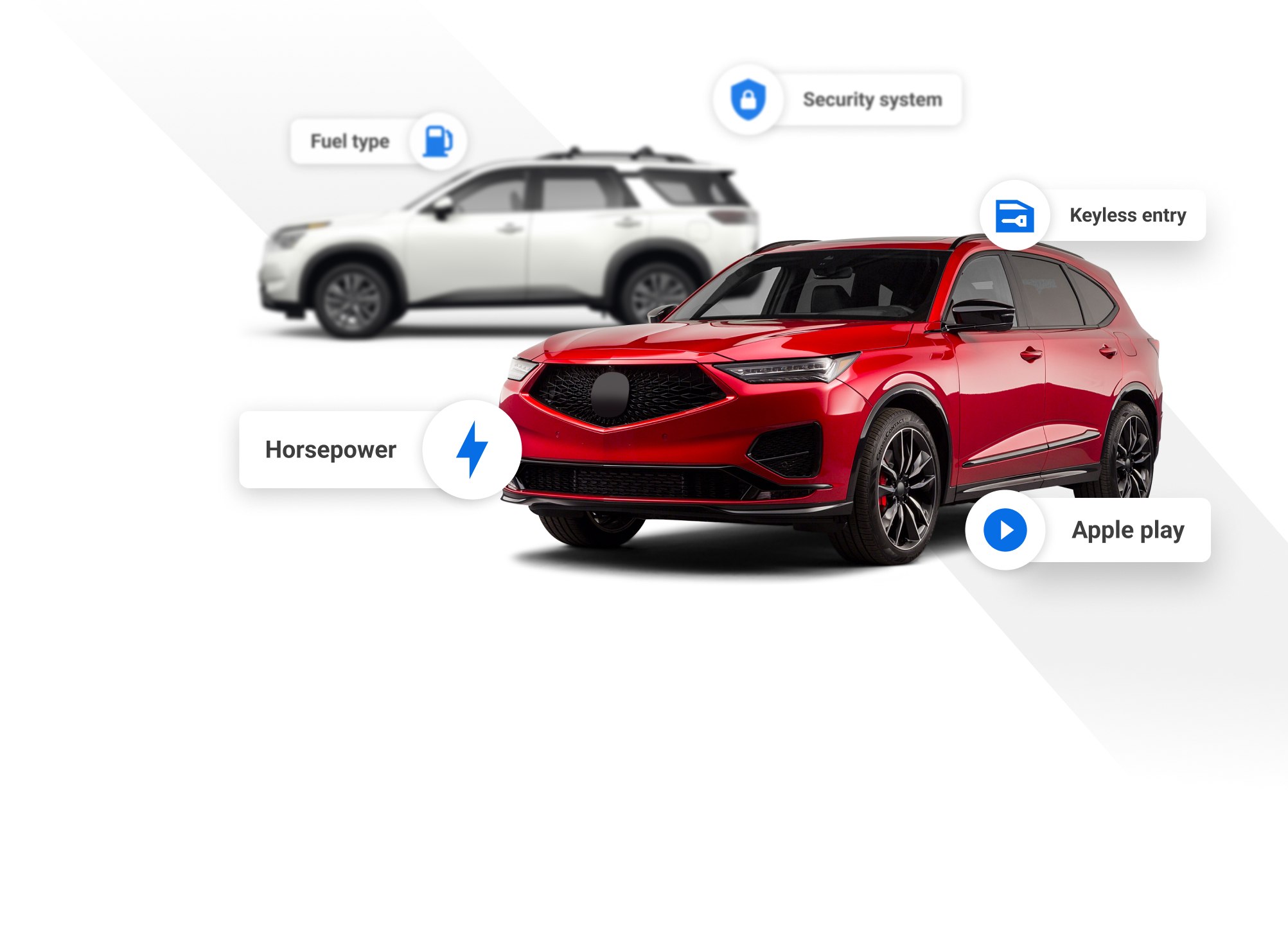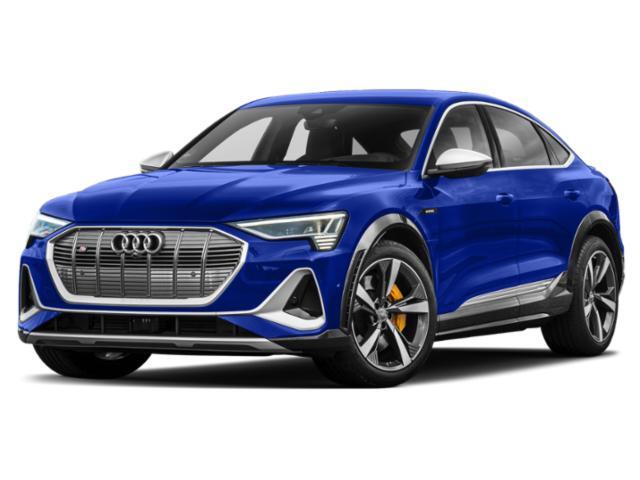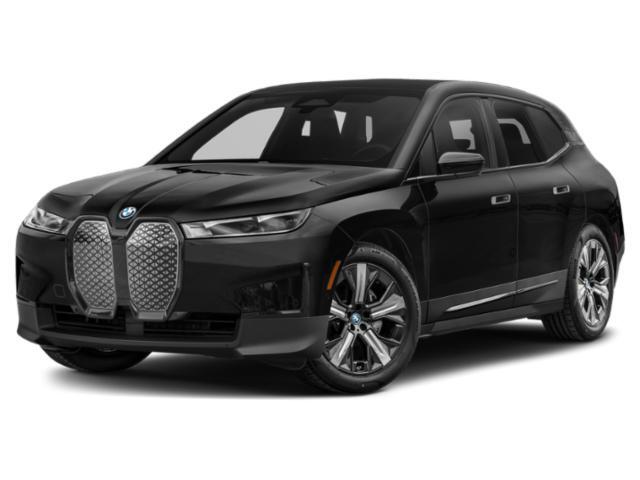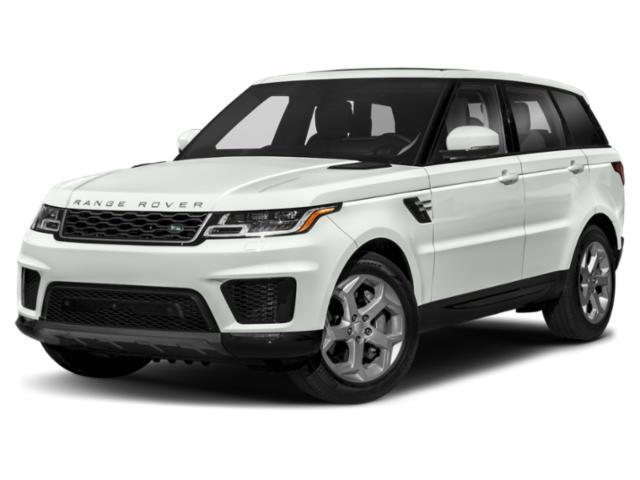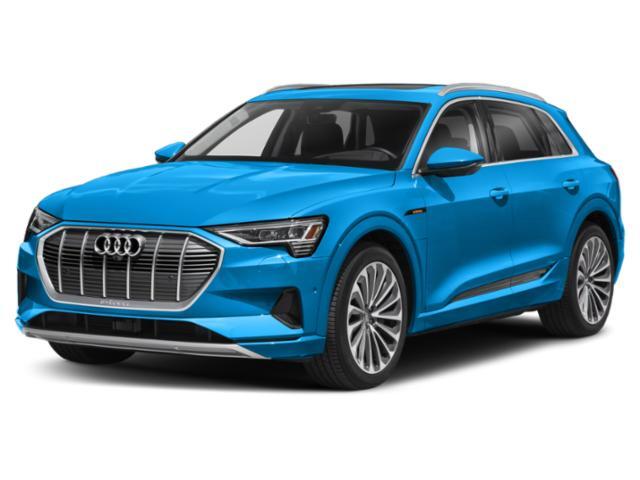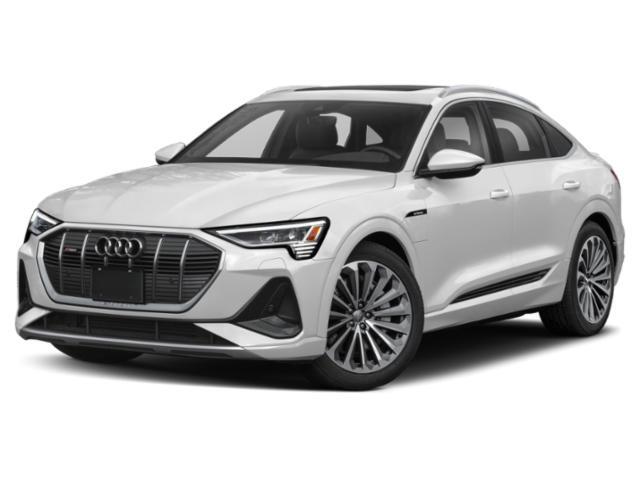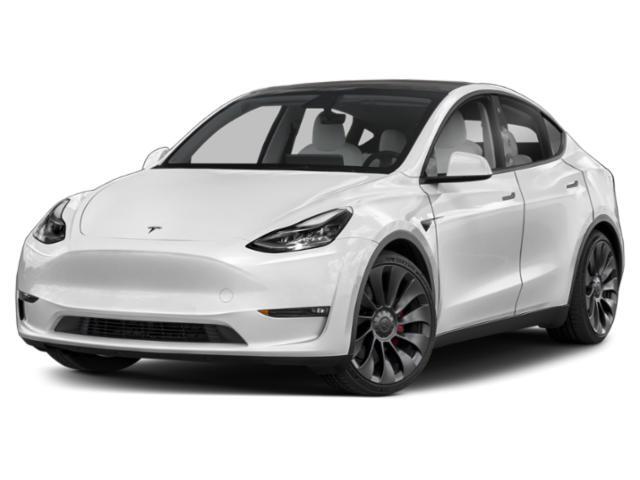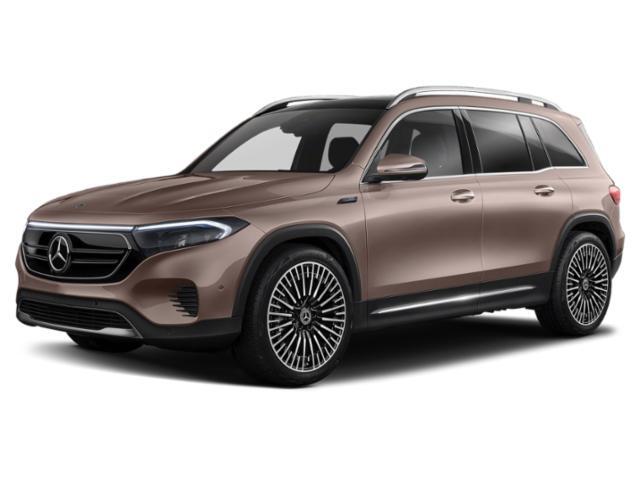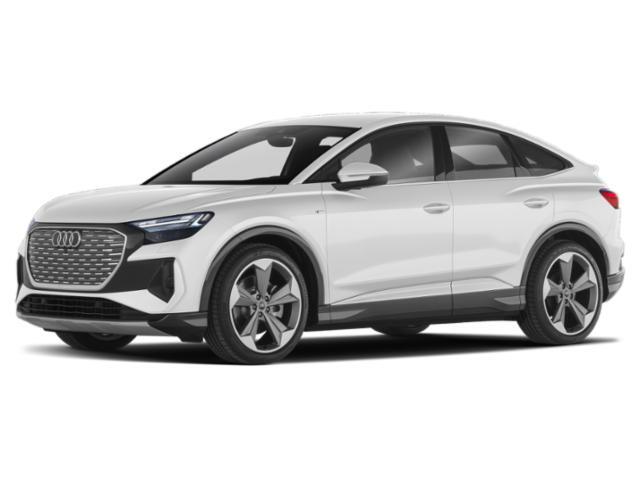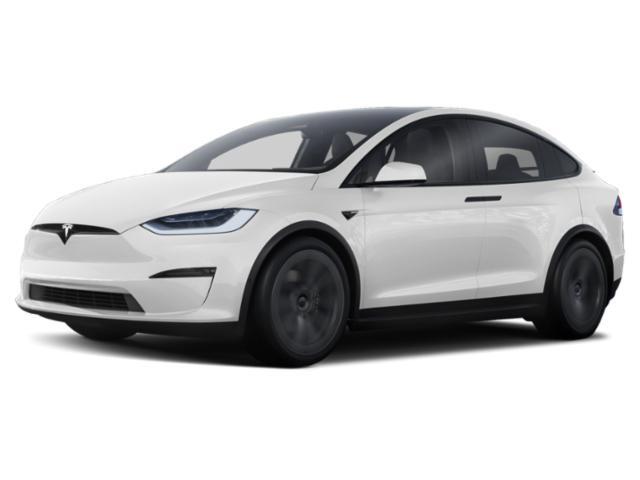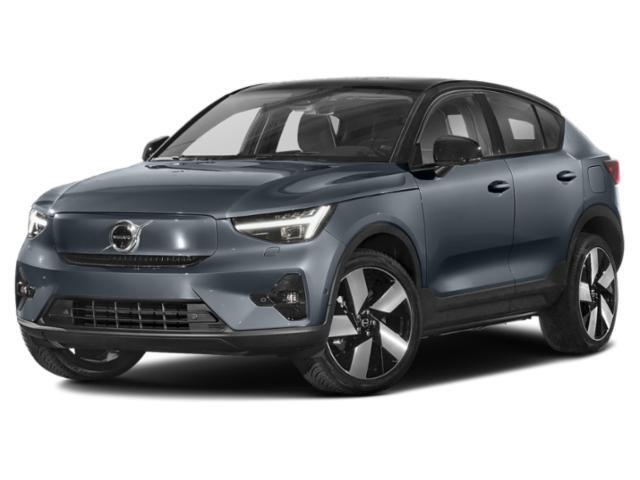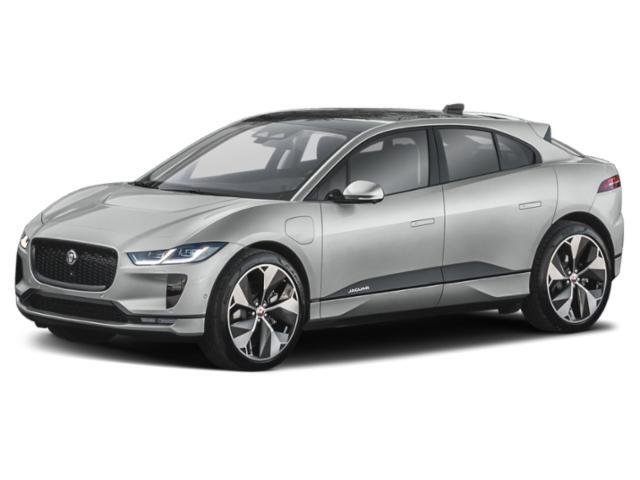
2022 Jaguar I-Pace


Key Specifications for 2022 Jaguar I-Pace






Buyer’s Guide
History/Overview
The 2019 Jaguar I-Pace was the British brand’s first – and, so far, only – foray into the EV market. The I-Pace is a either a low-slung crossover or a long hatchback, depending on your power of view. Despite its sleek styling, it offers a useful interior to go with smooth, quiet electric motoring.
What’s New/Key Changes From Last Year
For 2022, Jaguar has slimmed the I-Pace lineup to a single HSE trim level, which was formerly the top option in a three-model range.
Available Trims
The I-Pace HSE is the sole way to order this upscale EV. It’s powered by dual electric motors that provide AWD traction and performance.
Standard Features
On the outside, LED headlights, a panoramic roof, power-fold mirrors with driver’s auto-dimming, heated windshield and washer jets, 20-inch wheels, power tailgate, passive keyless entry, and auto-leveling headlights with washers are all standard.
Inside, there’s dual-zone A/C, a heated steering wheel, leather upholstery, dual touchscreen displays, navigation, and a head-up display. You also get air suspension and a torque-vectoring differential.
The I-Pace’s standard safety kit comprises forward collision mitigation, driver condition monitor, lane keep assist, traffic sign recognition, adaptive cruise control, and steering assist.
Key Options
The I-Pace’s sole extra is a park assist function.
Fuel Economy
Jaguar’s energy consumption estimates for the I-Pace are 3.0/3.3 Le/100 km (city/highway).
Competition
The Audi E-Tron Sportback, Tesla Model X and Model Y, BMW iX, and Volvo XC40 Recharge are among the Jaguar I-Pace’s key competitors.
Photos


AutoTrader Review


This vehicle has not yet been reviewed



